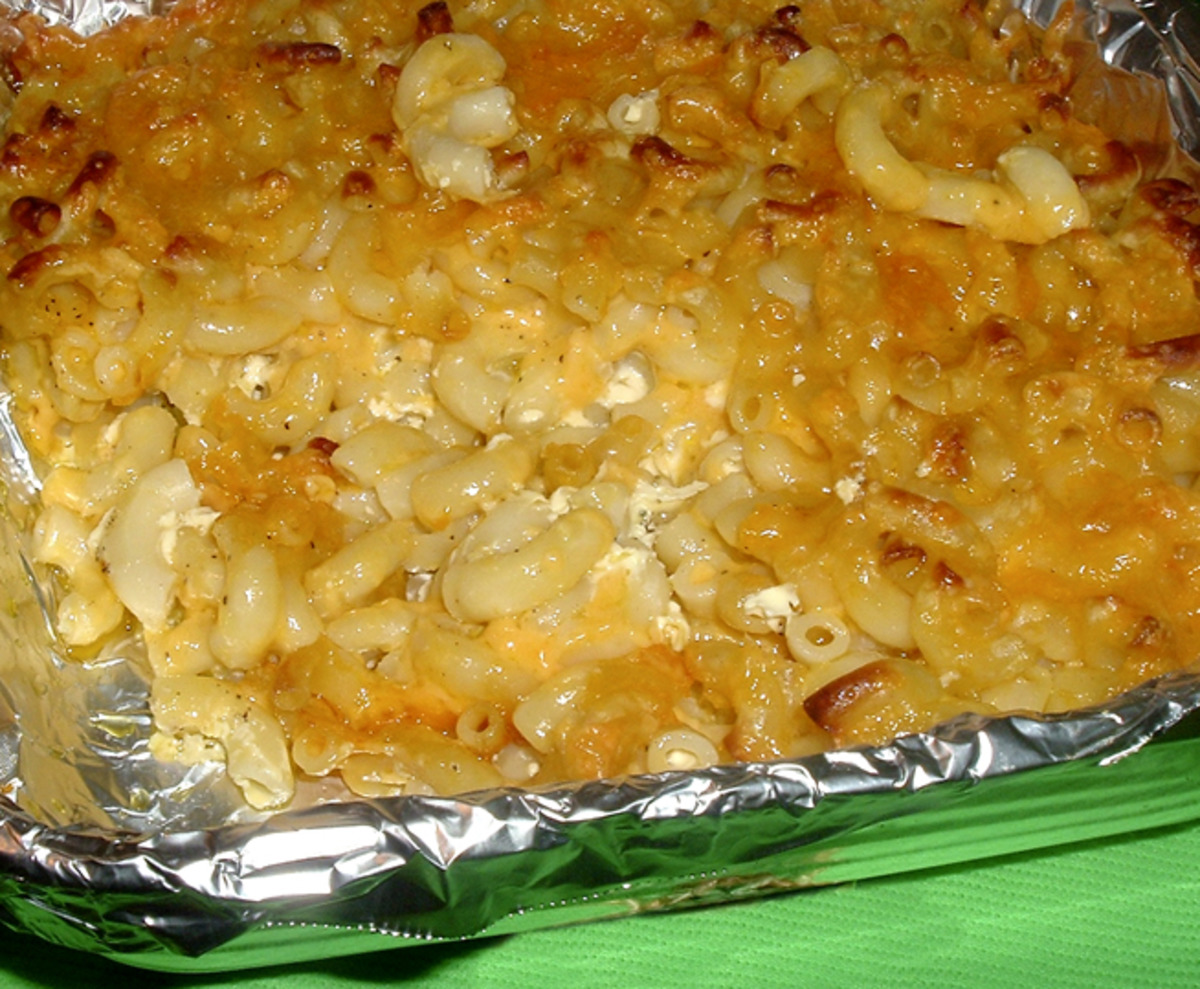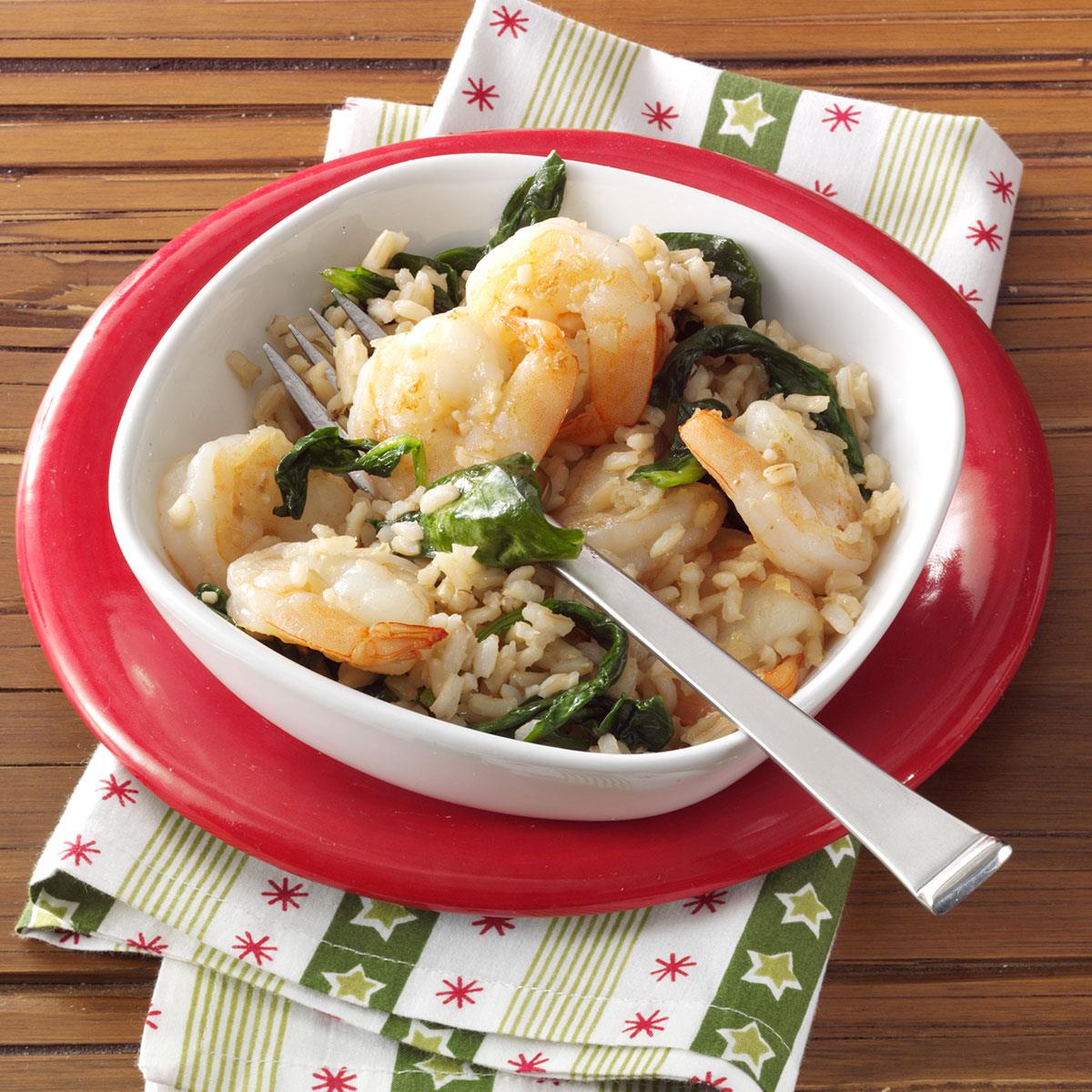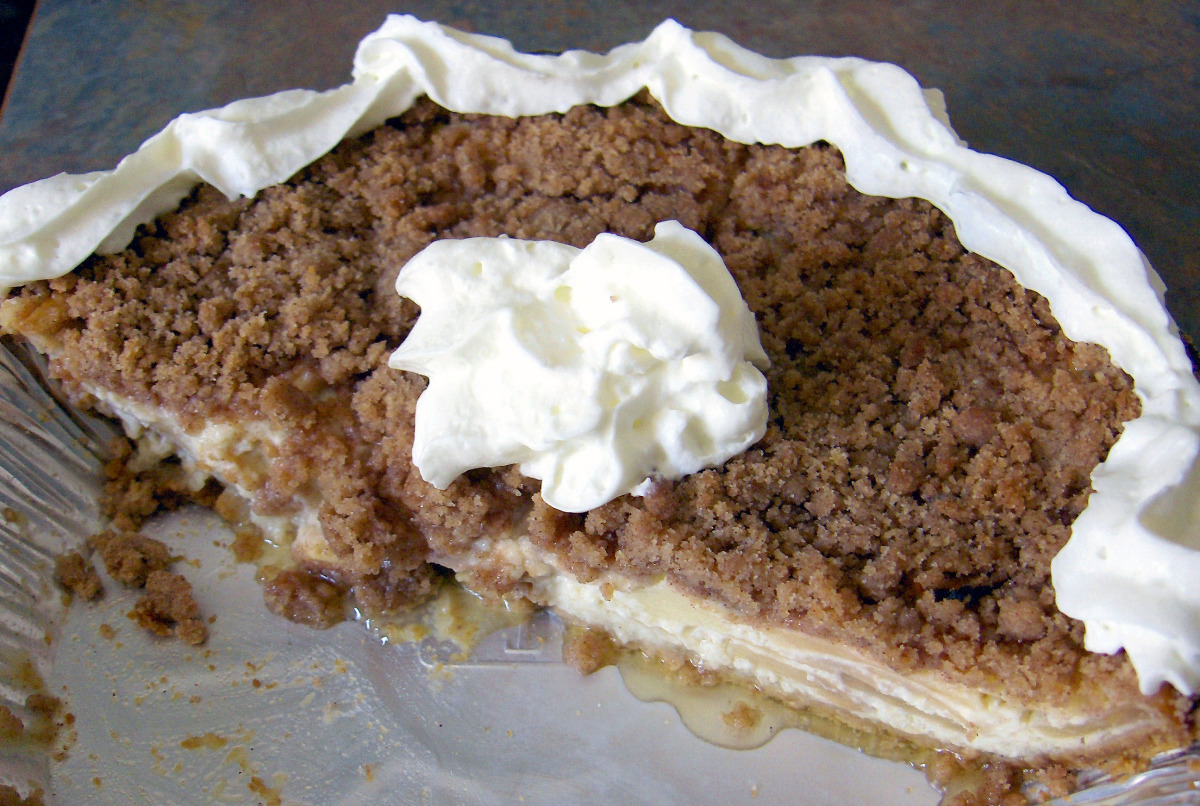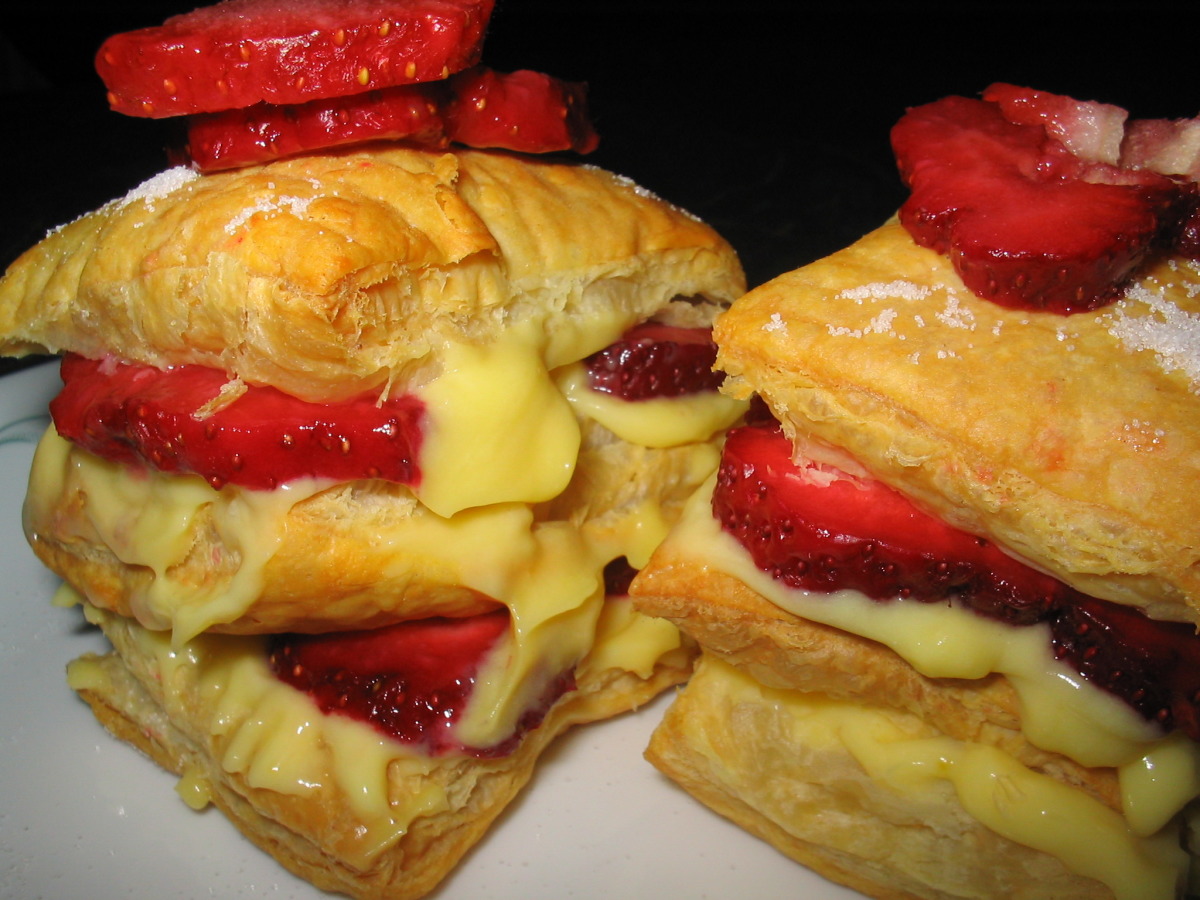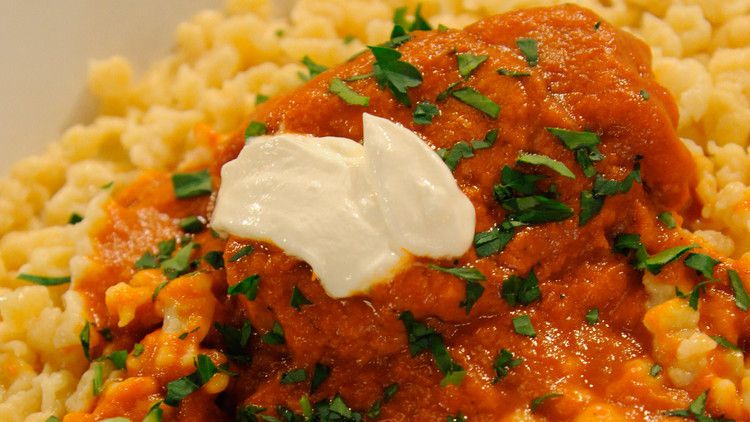In the realm of traditional Norwegian cuisine, Lefse holds a prominent place, captivating taste buds with its soft, pliable texture and delicate flavor. This versatile flatbread, crafted from simple ingredients like potatoes, flour, butter, and cream, transcends time and remains a cherished culinary treasure. Join us on a delectable journey as we explore two variations of Lefse - the classic Potato Lefse and the delectable Sourdough Lefse. Each recipe, meticulously detailed and brimming with helpful tips, will guide you in creating these Norwegian gems right in your kitchen. Prepare to embark on a sensory adventure, where the aroma of freshly baked Lefse fills the air and the taste of tradition dances on your palate.
Let's dive into the classic Potato Lefse, a timeless recipe that has been passed down through generations. This version showcases the harmonious blend of mashed potatoes, flour, and butter, resulting in a tender and pliable flatbread. With step-by-step instructions, you'll master the art of rolling and baking Lefse to achieve the perfect texture and golden-brown hue.
For those seeking a slightly tangy twist, the Sourdough Lefse beckons with its distinctive flavor. This variation incorporates sourdough starter, infusing the flatbread with a subtle sourness that complements the richness of the other ingredients. Discover the secrets of working with sourdough and witness the transformation of simple ingredients into a culinary masterpiece.
Whether you prefer the classic Potato Lefse or the tangy Sourdough Lefse, these recipes are designed to guide you through the process with ease. Embrace the joy of baking, immerse yourself in the Norwegian tradition, and let the flavors of Lefse transport you to a world of culinary delight.
NORWEGIAN LEFSE
I was raised on Lefse as a special treat for the holidays. We still make it every holiday season, and this is the best recipe ever. We eat ours with butter and sugar. Note: you will need a potato ricer to prepare this recipe.
Provided by DEBBA7
Categories Bread Quick Bread Recipes
Time 2h
Yield 15
Number Of Ingredients 6
Steps:
- Cover potatoes with water and cook until tender. Run hot potatoes through a potato ricer. Place into a large bowl. Beat butter, cream, salt, and sugar into the hot riced potatoes. Let cool to room temperature.
- Stir flour into the potato mixture. Pull off pieces of the dough and form into walnut size balls. Lightly flour a pastry cloth and roll out lefse balls to 1/8 inch thickness.
- Cook on a hot (400 degree F/200 C) griddle until bubbles form and each side has browned. Place on a damp towel to cool slightly and then cover with damp towel until ready to serve.
Nutrition Facts : Calories 367.6 calories, Carbohydrate 71.2 g, Cholesterol 16.3 mg, Fat 6.6 g, Fiber 5.5 g, Protein 6.9 g, SaturatedFat 4 g, Sodium 522.7 mg, Sugar 3.2 g
LEFSE WITH LINGONBERRY CREAM CHEESE
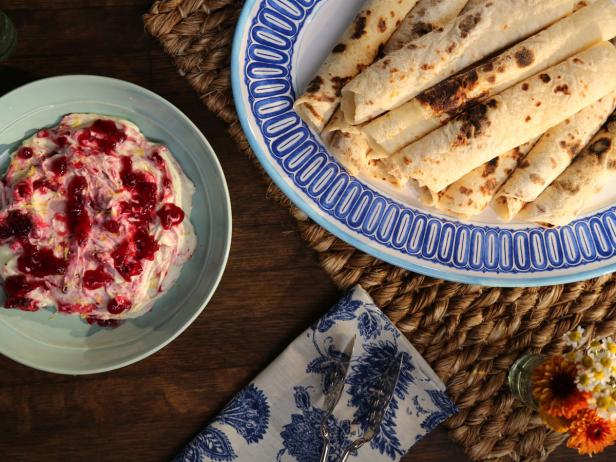
Provided by Valerie Bertinelli
Time 1h15m
Yield 10 lefse
Number Of Ingredients 12
Steps:
- Put the potatoes in a medium pot and cover with cold water by 1 inch. Bring to a simmer over medium-high heat, then cook until tender, about 10 minutes. Drain the potatoes very well until dry.
- Pass the potatoes through a potato ricer into a large bowl. Add the butter, sugar, cream and salt and mix well to combine. Add the flour and knead well to incorporate.
- Preheat a 10-inch cast-iron skillet over medium-high heat.
- Generously dust a work surface with flour. Scoop a level 1/3 cup of dough. Dust your hands with flour and roll the dough into a ball, then flatten it into a disc and place it on the work surface. Dust the top with flour and roll it out to a thin, 8-inch round, moving the round often to ensure it doesn't stick.
- Carefully lift the round with your hands or the rolling pin and lay it in the preheated skillet. Cook until the underside is golden brown in spots, about 1 minute. Flip the lefse and cook until spotted on the underside, about 1 minute more. Transfer to a clean dish towel or paper towel. Repeat with the remaining dough, stacking the lefse between towels.
- Serve with the Lingonberry Cream Cheese.
- Beat the cream cheese, sour cream and sugar in a medium bowl with an electric mixer until smooth. Pour into a serving bowl and swirl in the lingonberry preserves until just barely mixed and still streaky. Top with the lemon zest.
LEFSE
Lefse is a Scandinavian flatbread made with potatoes. We traditionally make these delicious breads during the holiday season. Serve them topped with butter and a sprinkle of sugar or jelly, then roll them up. It's hard to eat just one. -Donna Goutermont, Sequim, Washington
Provided by Taste of Home
Time 1h5m
Yield 12 servings
Number Of Ingredients 6
Steps:
- Place potatoes in a large saucepan; add water to cover. Bring to a boil. Reduce heat; simmer, covered, until tender, 10-12 minutes. Drain. Press through a potato ricer or strainer into a large bowl. Stir in cream, shortening, sugar and salt. Cool completely. , Preheat griddle over medium-high heat. Stir flour into potato mixture. Turn onto a lightly floured surface; knead 6-8 times or until smooth and combined. Divide into 12 portions. Roll each portion between 2 sheets of waxed paper into an 8-in. circle., Place on griddle; cook until lightly browned, 2-3 minutes on each side. Remove to a platter; cover loosely with a kitchen towel. Repeat with remaining portions. When cool, stack lefse between pieces of waxed paper or paper towels and store in an airtight container.
Nutrition Facts : Calories 180 calories, Fat 7g fat (3g saturated fat), Cholesterol 8mg cholesterol, Sodium 151mg sodium, Carbohydrate 27g carbohydrate (1g sugars, Fiber 1g fiber), Protein 3g protein.
LEFSE
Lefse, thin potato-dough flatbreads like Scandinavian tortillas, or Oslo injera, can be found on holiday tables throughout the upper Midwest, wherever Norwegian families settled to farm. The recipe is adapted from Ethel Ramstad, 90, who learned it from one Ollie Amundson in North Dakota decades ago. We picked it up when she was teaching it to Molly Yeh, 25, a Chicago-raised food blogger marrying Ms. Ramstad's great-nephew, on a farm in the Red River Valley, right before Thanksgiving. The riced potato mixture that forms the basis of the dough should be very, very cold when it is rolled out, to prevent stickiness. And although you do not need a lefse griddle to make great lefse, a lefse stick - essentially a long, thin, wooden spatula - is an admirable investment in success.
Provided by Sam Sifton
Time 2h20m
Yield About 18 large or 36 small lefse
Number Of Ingredients 6
Steps:
- Bring a large pot of water to a boil over high heat. Cook potatoes until tender, 15 to 20 minutes. Drain well.
- Rice potatoes into a large bowl, continuing until you have 8 cups. Add oil, evaporated milk, sugar and salt, and mix well. Let cool, then cover and refrigerate for a few hours, or overnight.
- When ready to make lefse, add 2 1/2 cups flour and mix well. Divide dough into two logs if you have a lefse grill, and four if you do not. Dough should be sticky and hold together, but not so sticky it's impossible to work with; if necessary, add remaining 1/2 cup flour. Cut each log into 9 or 10 pieces, shape into small balls and place on plates in refrigerator.
- If you have a lefse grill, heat it to 400 degrees. If you don't have a lefse grill, set a wide, low-lipped nonstick pan over medium-high heat.
- Generously dust work space with flour and flour a rolling pin. Roll one dough ball in flour, then use the heel of your hand to press it into a thick disk. If you have a lefse grill, gently roll dough into a large, thin circle (if you are using a regular pan, roll into a thin circle just smaller than the size of your pan), lifting and flipping frequently so it doesn't stick; use more flour as needed. Brush excess flour from dough. Use a lefse stick to carefully transfer to grill (use a thin spatula if cooking in a pan). Cook for 1 minute, or until lefse is steaming and small bubbles appear on uncooked side. Using lefse stick or spatula, flip lefse and cook for 45 seconds or so. Place lefse on a clean dish towel and cover with another. Repeat, stacking lefse atop one another between the dish towels.
Nutrition Facts : @context http, Calories 270, UnsaturatedFat 8 grams, Carbohydrate 43 grams, Fat 9 grams, Fiber 3 grams, Protein 5 grams, SaturatedFat 1 gram, Sodium 225 milligrams, Sugar 7 grams, TransFat 0 grams
Tips:
- Plan Ahead: Lefse dough needs to chill for several hours before rolling, so plan accordingly.
- Keep the Dough Cold: Work with the dough while it's cold. If it starts to warm up, it will become sticky and difficult to handle.
- Use a Nonstick Griddle: This will prevent the lefse from sticking and make it easier to flip.
- Cook Lefse Over Medium Heat: This will help to prevent it from burning.
- Use a Spatula to Flip Lefse: A fork can tear the delicate dough.
- Serve Lefse Warm or at Room Temperature: Lefse is best enjoyed fresh, but it can also be stored in an airtight container at room temperature for several days.
Conclusion:
Lefse is a delicious and versatile flatbread that can be enjoyed in many different ways. Whether you serve it with butter and sugar, fill it with your favorite fillings, or use it as a wrap for sandwiches, lefse is sure to be a hit. With a little practice, you'll be able to make this traditional Norwegian flatbread like a pro. So, gather your ingredients, follow the steps in this recipe, and enjoy the delicious results!
Are you curently on diet or you just want to control your food's nutritions, ingredients? We will help you find recipes by cooking method, nutrition, ingredients...
Check it out »
You'll also love




